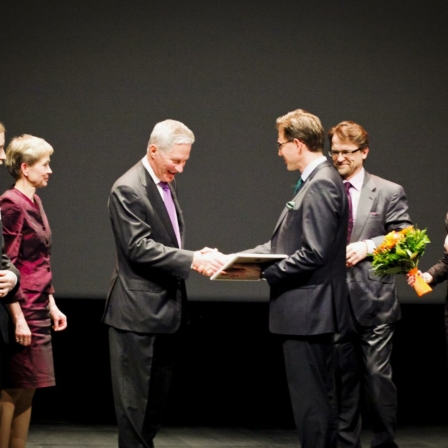An important Finnish research project has revealed the gap between theory and practice in public service innovation.
It is probably just as well that not everyone shares Dr Mervi Hasu’s level of enthusiasm for innovation in well-being services. If they did, we would barely have time to draw breath under the surge of new ideas. But by the same token, it’s also just as well that Dr Hasu is the Director of the Inno-Vointi, or Inno-Well-being, project research consortium in Finland.
The consortium consists of 16 project member organisations and support has come from the Finnish Institute of Occupational Health (Dr Hasu’s own employer), the Aalto University and the Technical Research Centre of Finland (VTT). Tekes, the Finnish Funding Agency for Technology and Innovation, Sitra and the seven public sector bodies being studied have all funded the project.
“Inno-Vointi is a research project focused on innovations, service renewal and innovation management in Finnish public sector organisations,” she explains. “The project focuses on the ‘practice of innovation and innovation management’ in public organisations. We used qualitative case study data, in-depth interviews and observation, asking interviewees how they were involved in creating novel solutions, with whom they collaborated, what they accomplished in practice and how they felt while innovating and leading the solution.”
So far so good, but one of Dr Hasu’s general conclusions is that it’s time to re-establish the actual meaning of innovation in Finland. “Rhetorically, innovation is a general solution to all problems. But what people do and feel in practice to innovate, in everyday work situations, is not given much attention. The actions and the role of shop-floor innovators are hardly discussed in public.”
Actions speak louder than words
The word as such has become meaningless to many people, she believes. “We may say that we are living in ‘the innovation era’ but we should be more critical and ask: do we really use innovation for the best of our current and future society – or do we just busy ourselves talking and writing about it?”
She makes no secret of her frustration with the sometimes negative view of public service innovation, but the Inno-Vointi research gave reason for hope. “What we discovered in our research is encouraging. People in healthcare organisations, for example, can innovate and renew practices, but their efforts and advances may not become visible in complex organisational structures and the midst of constant work overload. Often people do not realise that what they have done is innovative and could make a difference.
“Our message is this: you girls – most public sector line managers and workers are women – are knowledgeable innovators, look at what advancements you have achieved, now you just need to be more proud of yourselves, put it in figures and make the bosses understand it.”
The results of Inno-Vointi in terms of boosting innovative services might be otherwise hard to quantify in the short term. “During the project, practitioners tested and commented on the content we produced from our research results,” says Dr Hasu. “The comments were encouraging and showed that the project organisations were already making use of the results and contents.”
The project has also resulted in Finnish language pages online and an innovation guide. “The users of the web pages and our workbook will determine how they use the content – they will ‘re-innovate’ it and that is how it should be. We cannot be sure how the content will be used; time will tell.”
She raises the possibility of planning development projects and even services to help public sector organisations to apply the innovative thinking and leadership described in the web pages and workbook. “The work will continue in new arenas, both in research and practical development. And basic communication work to share the results will continue. We have Sitra’s support for that.”
Tim Bird



Recommended